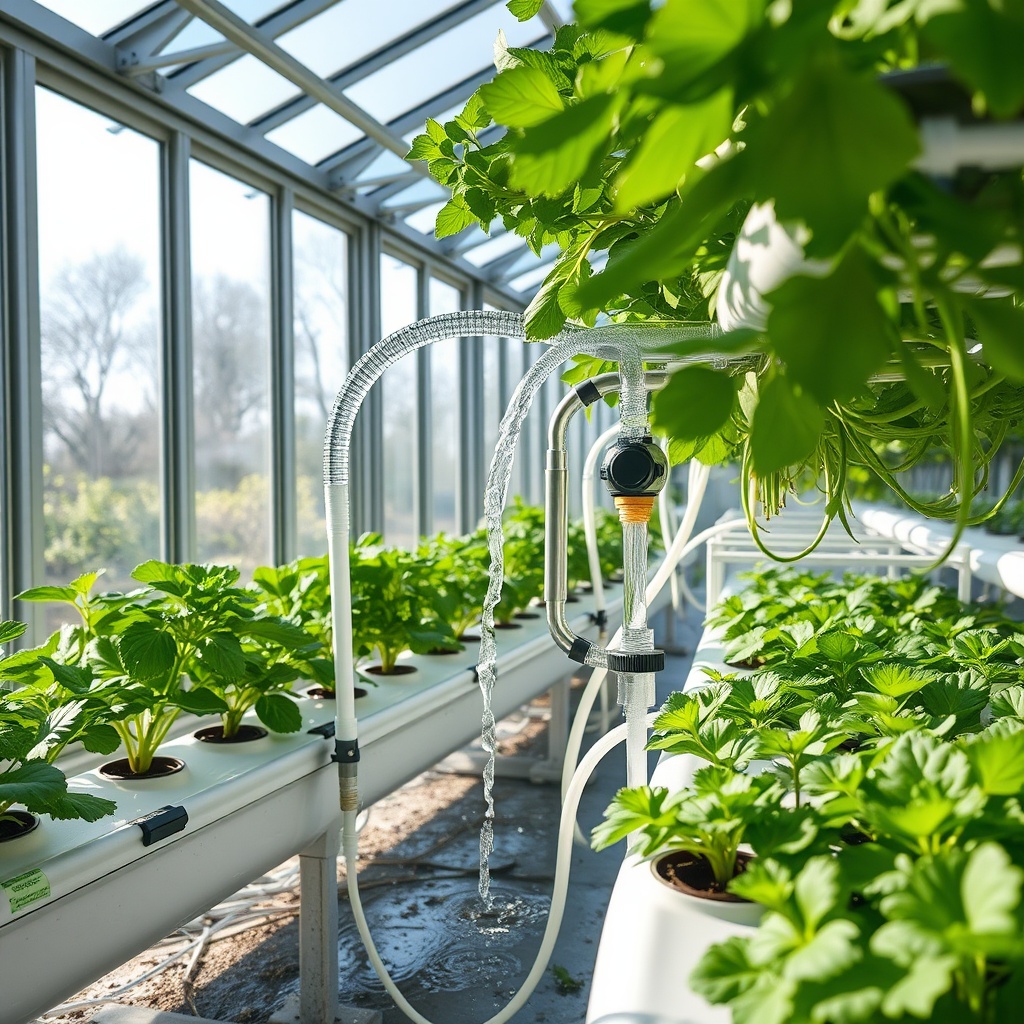Revolutionizing Water Management in Agriculture

As the global population continues to swell, the demand for sustainable agricultural practices intensifies. Among these practices, the ebb and flow system stands out as a beacon of hope, combining efficiency with effectiveness. This innovative technique not only conserves water but also ensures that plants receive the optimal amount of nutrients and moisture. Imagine a world where every drop of water counts, creating lush gardens and bountiful harvests without the excessive waste.
Understanding the Ebb and Flow Mechanism

The ebb and flow system operates on a simple yet powerful principle: the cyclical movement of water. By flooding the growing area with nutrient-rich water and then allowing it to drain away, this method mimics natural irrigation processes and encourages robust root development. This section explores the mechanics behind this system, which is pivotal for both amateur and professional gardeners alike.
- Flooding Phase: Water is pumped into the growing area, saturating the media and providing essential nutrients.
- Draining Phase: The water drains back into a reservoir, allowing oxygen to reach the roots, preventing root rot and promoting healthy growth.
- Cycle Control: Utilizing timers and sensors, gardeners can customize the frequency and duration of the flooding phase to suit various plant needs.
Benefits Beyond Water Conservation
While the primary advantage of an ebb and flow system is its efficient use of water, the benefits extend far beyond this. By incorporating this advanced setup, gardeners can achieve remarkable results that enhance plant growth and reduce labor. Let’s delve deeper into the many advantages this system offers.
- Reduced Fertilizer Usage: The closed-loop system recirculates nutrients, significantly lowering the need for chemical fertilizers.
- Maximized Space Utilization: Vertical setups allow for more plants in a smaller area, ideal for urban gardening.
- Enhanced Plant Health: Consistent access to nutrients and oxygen leads to stronger plants, which are more resistant to pests and diseases.




